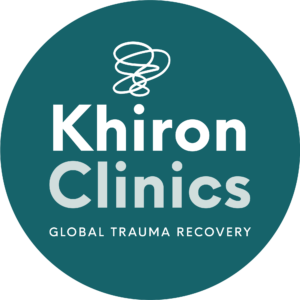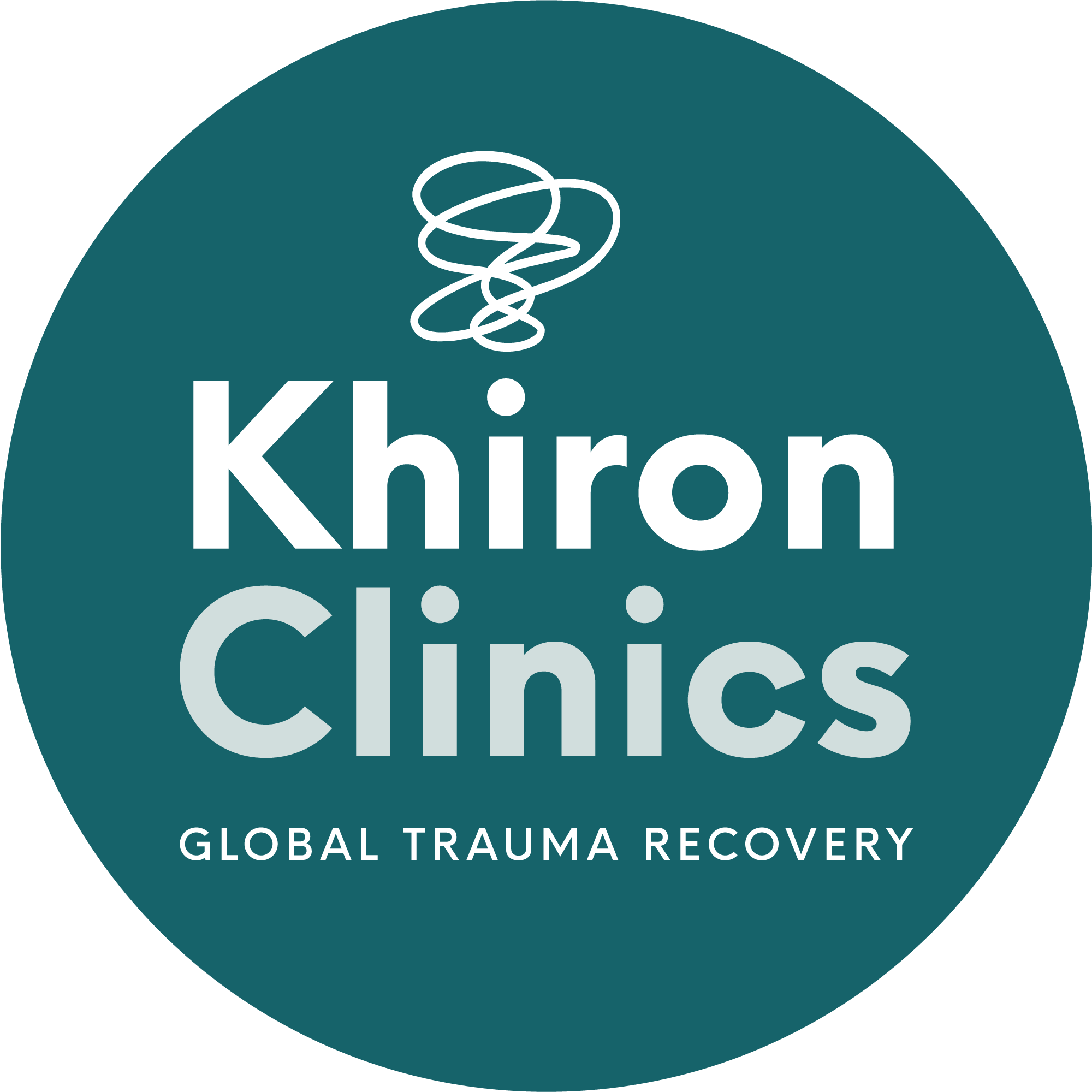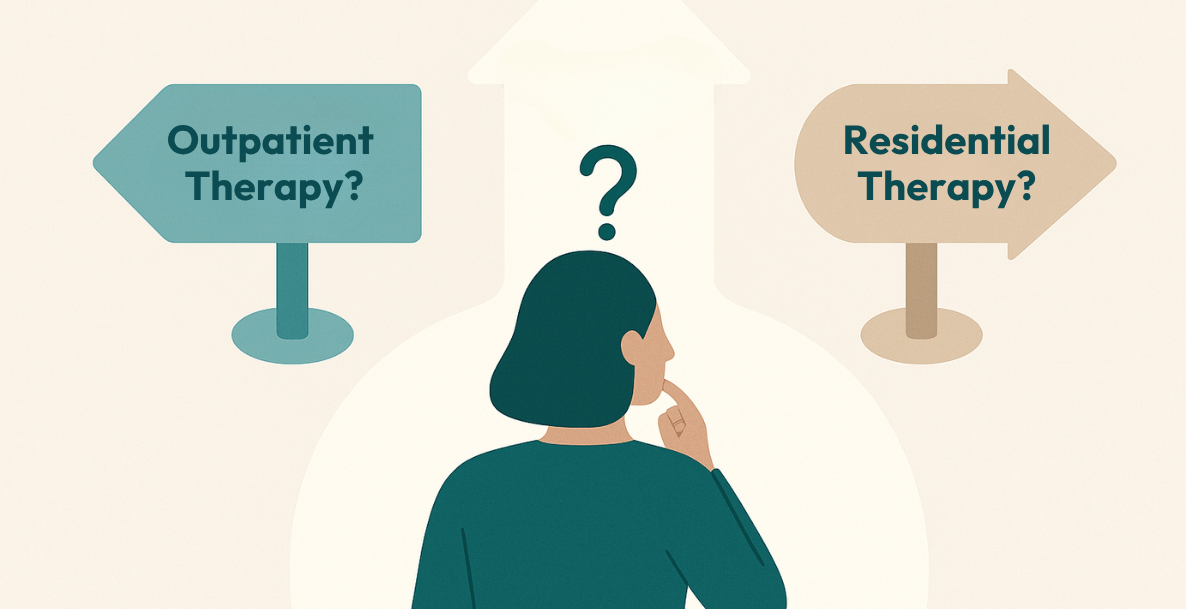By Penny Boreham
Resilience
“Do not judge me by my successes, judge me by how many times I fell down and got back up again” Nelson Mandela.
Nelson Mandela has become a symbol for the concept of resilience, embodying so many of the traits that we now recognise we need to foster in our young people – emotional regulation, empathy, connection, authenticity and self-belief. And resilience is a word that we hear a lot about these days. To enable children to become resilient we are also told to encourage independence, problem-solving capacities and optimism. The ability to be sociable and have emotional intelligence are also recognised now as supremely important. It is certainly true that the school system has been quick to test our children’s IQs but slow to give emotional intelligence the same importance.
So, the fostering of resilience seems to be a 21st century parenting concept that those raising children really need to understand. It is of course also pivotal to our work with trauma here at Khiron House. Some humans seem to have more resilience than others, and it is critical to understand why that should be, and also absolutely necessary to comprehend it fully so that we can help those who are suffering the effects of trauma build the resilience they need to move on.
It is not always easy to define resilience. When someone has it they can be knocked down and come back stronger than ever. They can rise from the ashes. People who are resilient also significantly tend to see failure as offering a form of helpful feedback, which gets back to that necessary emotional intelligence.
A Sense Of Coherence
In Andrew Solomon’s exceptional book, “Far from the Tree: Parents, Children and the Search for Identity” he writes:-
“Resilience is the contemporary gloss on what used to be thought of as perseverance. It is both a way to reach larger objectives- functionality and happiness – and an objective in itself, inseparable from what Aaron Antonovsky, progenitor of the study of resilience, calls a ‘sense of coherence’. Parents whose expectations are diverted by children with horizontal identities need resilience to rewrite their future without bitterness. Those children need resilience, too, and ideally parents foster it. Ann S. Masten wrote in American Psychologist in 2001, ‘The great surprise of resilience research is the ordinariness of the phenomenon.’ Resilience used to be posited as an extraordinary trait, seen in the Helen Kellers of the world, but cheery recent research suggests that most of us have the potential for it, and that cultivating it is a crucial part of development for everyone”.
It is true that the latest research does offer good news in that it suggests that resilience can be nurtured and developed. This is often made possible by parents modelling resilience and actively fostering it in their children and encouraging their children to become more mindful and in touch with their bodies and notice and acknowledge their feelings. It is said that if we can foster the concept of resilience in our children before they reach adolescence they then have the tools to deal with the disappointments of adolescence and are in a stronger position to face adulthood.
The Scientific Research
Over the past two decades, researchers have also been keen to find out why some people who experience trauma do not develop Post Traumatic Stress Disorder.
They have used various kinds of imaging techniques to peer inside the brains of trauma victims.These studies report that, in people with PTSD, two areas of the brain that are sensitive to stress shrink: the hippocampus, a deep region in the limbic system important for memory, and the anterior cingulate cortex (ACC), a part of the prefontal cortex that is involved in reasoning and decision-making.
Functional magnetic resonance imaging (MRI), which tracks blood flow in the brain, has also revealed that when people who have PTSD are reminded of the trauma, they tend to have an underactive prefrontal cortex and an overactive amygdala, another limbic brain region, which processes fear and emotion.
Those who experience trauma but do not develop PTSD, on the other hand, show more activity in the pre-frontal cortex.
Kerry Ressler, who is a neuroscientist at Emory University in Atlanta, Georgia, and his colleagues have revealed that resilient individuals have stronger physical connections between the ACC and the hippocampus.
This does seem to suggest that resilience depends partly on the communication between the reasoning circuitry in the cortex and the emotional circuitry of the limbic system.
Combining The Research With The Therapeutic Intervention
The critical thing is to find the therapeutic interventions that allow the reasoning circuitry and the emotional circuitry to start to communicate more effectively, so that rewiring can take place. Our ability to cope with life’s set backs is shaped by the quality of our attachment to caregivers, especially during our first years of life, as revealed in our blog about ‘Character Strategies’ . Our mostly unconscious, limiting core beliefs are an expression of our unmet needs and have a direct impact on our resilience. Our ability to cope with life’s set backs is shaped by the quality of our attachment to caregivers, especially during our first years of life. Treatments such as Sensorimotor psychotherapy, one of our core therapies at Khiron House, work to help us switch on our frontal lobes again by noticing and witnessing our emotion. With all the knowledge and new evidence available to us now and with the right environment we can intervene earlier with our young people to help them develop the qualities they need but even as adults we can begin to build and foster new resilience, especially with the new therapeutic models available to us.
This is part of our series of blogs which are telling the story of trauma treatment, how it has developed and is still developing every day. In this series our expert practitioners will be sharing their knowledge with you, we will be finding out what recent scientific breakthroughs are teaching us all about the nervous system, and we will be keeping you in touch with the latest news about the life transforming therapies that are becoming more sophisticated and responsive every day.
If you would like a weekly email about new posts on our blog please sign up for our mailing list in the box above right.






